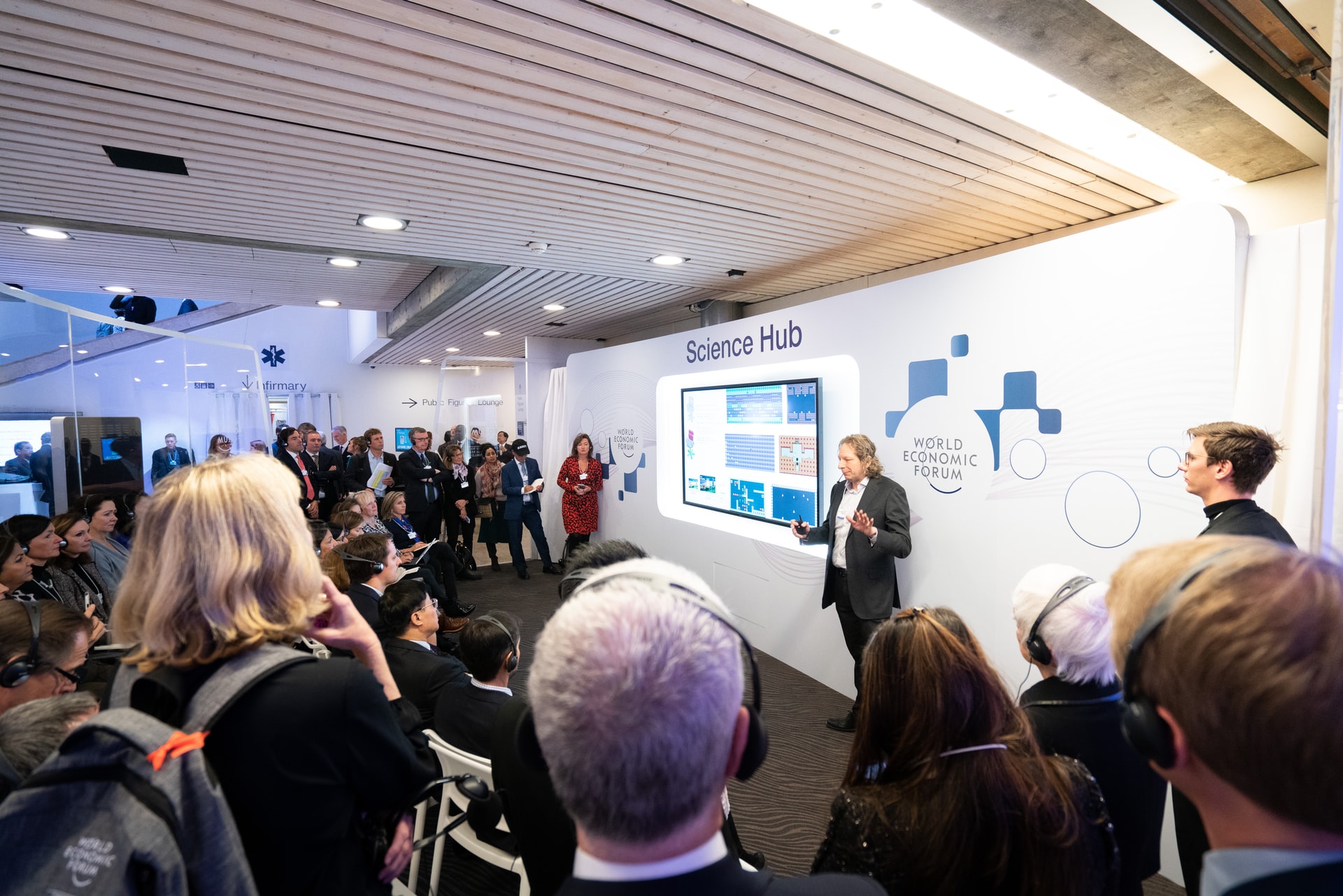Skift Take
As we slowly start to see a light at the end of this dark pandemic tunnel, and with the business world in turmoil, it’s clear that events will not be the same for the foreseeable future. In fact, they may never be the same.
After nine years managing IMEX’s social media and offering up his services as a social media consultant, Miguel Neves launched miguelseven.com to help planners create online events and content. On July 30, Miguel will be one the moderators for our The Future of the Event Industry event. Confirm your spot now.
Staying well clear of doom and gloom predictions, this may be the best time to forecast what this world may look like.
What do we know at this point?
- Meeting in person is not currently an option, and some restrictions may be in place for some time yet.
- If or when we can meet in person, many people may not be comfortable travelling or being in large groups, particularly older people or those with underlying health issues.
- With most borders closed, it is not currently feasible to book international travel. We also do not know when or how international travel will resume.
- The number of online events has increased; not all are of a high standard, but there are many to choose from.
- Our comfort level with online meeting technology has also increased.
- The lines between online events, webinars and live streams are blurring.
- To “Zoom” may soon be a recognised verb, just like “to Google.”
The recent GMID Goes Virtual online event featured 12,500 event professionals. Of the respondents, 62% of whom said that they expect hybrid events to increase in a post-coronavirus world while only 8% said they expected events to go back to how they were before.
This may not be surprising, but significant change is expected. Currently, the only option is to meet online, so our well-documented preference for in-person events and face-to-face meetings is simply off the table.
But when live events do become an option again, even if restricted, what will this mean?
There’s no way to know for sure, but let’s consider a few scenarios that may or may not be mutually exclusive:
Events with less capacity / only small events allowed
Without a vaccine or major advances in testing and screening, the venue capacity will be reduced, particularly when it comes to tight fits in theatre-style seating for keynotes. This scenario does not force major changes in the event design, but it certainly has a deep impact on overall numbers and therefore the event’s revenue.
High-security features
It is likely that testing or at least screening of some type will be needed. The result will be a very different check-in procedure. While long queues can at least be mitigated with good planning, this screening will always add time to arrivals. This may not be too different from flying and airport security checks, which we are all too used to, so ultimately the effect may be minimal.
Large-scale events merge or co-locate
With a strained budget and lots of events moved from spring and summer to fall of 2020, it is likely that many companies will have to make decisions on which events to invest in. It may not be feasible to take part in all scheduled events, be it as a sponsor, exhibitor, or participant. This may mean some larger events will need to co-locate or even merge with others.
Hybrid pod events
There is a clear move towards hybrid events, those with both a face-to-face and an online component. With many possible restrictions on event capacity and international travel, one option is to connect smaller “pod” events as part of a larger event. This can still enable a sense of belonging and shared experience with those participating in the same “pod” and a large total audience participating in key sessions. The cross-pollination of ideas by mixing international audiences won’t be the same, but there may be ways to connect between participants at different pods remotely,
Preference for online content delivery
There is a strong case, particularly in academic circles, for delivering content online. Dense lectures delivered in dark halls using data-filled slides are not ideal when compared to accessing content comfortably in front of your own computer at home or in your office. Online delivery makes content easy to consume, translate if needed, and take action on instantly. No, you can’t smell the coffee, nor can you easily start a private discussion with the person sitting next to you. These are some of the things that make meeting face-to-face so desirable and memorable. However, when it comes to pure content sharing and knowledge absorption, the online environment wins out. As it pertains to live events, this could lead to an emphasis on the hybrid aspects for those sectors, including virtual elements that in-person attendees also opt into.
More regular company-wide or regional team meetings to balance remote working
With remote working being forcefully embraced by companies all around the world, there may be a bigger need for regular team catch-ups, be they with the whole company or just regional pockets. These may range from simple catch-ups or may evolve into team building activities or even opportunities for carefully crafted corporate communication, albeit at a smaller scale. These are likely to be relatively small in size but could be quite frequent and planned well in advance.
While most of these scenarios are less than desirable for the industry as it stands, they are worth considering. It is crucial that we try to predict what lies ahead so that the events industry can work with governments and health authorities to shape what events in a post-coronavirus world look like.





